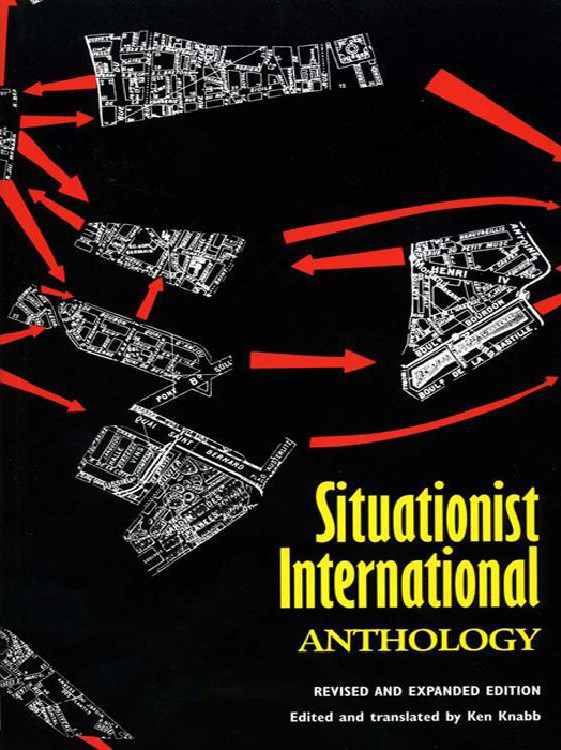Victor Papanek: Design for the Real World: Human Ecology and Social Change (1972–) [EN, CR, ES, RO, RU, DE]
Filed under book | Tags: · architecture, consumerism, design, diy, environment, ethics, industrial design, recycling

“Design for the Real World has become a classic. Translated into twenty-three languages, it is one of the world’s most widely read books on design and is a required text in many design and architectural schools. Victor Papanek examines the attempts by designers to combat the tawdry, the unsafe, the frivolous, the useless product, once again providing a blueprint for sensible, responsible design in this world which is deficient in resources and energy.”
With an Introduction by R. Buckminster Fuller
Publisher Pantheon Books, 1972
Bantam Books edition, 1973
371 pages
Reviews: Jackson (Journal of Design History, 1993), Johnson (Designophy, n.d.), Jepson (n.d.).
Commentaries: Rawsthorn (The New York Times, 2011), Hawthorne (Metropolis Magazine, 2012).
Design for the Real World (English, 1972/73, 56 MB, no OCR), 2nd edition, revised (1984, 89 MB, via Scribd)
Dizajn za stvarni svijet (Croatian, trans. Branka Đukić, 1973, 10 MB, via Mama)
Diseñar para el mundo real (Spanish, trans. Luis Cortes de Alvaro, 1977, 134 MB, no OCR, via Scribd)
Design pentru lumea reală (Romanian, trans. Florentina Badea and Cornelia Stănescu, 1997, 51 MB, via Scribd)
Дизайн для реального мира (Russian, trans. Galin Severskoy, 2004)
Design für die reale Welt (German, trans. Elisabeth Frank-Großebner, 2009, 8 MB)
See also Bisociation Tool – Victor Papanek’s “Paper Computer”, 2004.
Comment (0)Ken Knabb (ed.): Situationist International Anthology (1981/2006)
Filed under book | Tags: · art, avant-garde, capitalism, consumerism, everyday, life, mass media, politics, psychogeography, situationists, spectacle, theory

“In 1957 a few experimental European groups stemming from the radical tradition of dadaism and surrealism, but seeking to avoid the cooption to which those movements succumbed, came together to form the Situationist International. The name came from their aim of liberating everyday life through the creation of open-ended, participatory “situations” (as opposed to fixed works of art) — an aim which naturally ran up against the whole range of material and mental obstacles produced by the present social order. Over the next decade the situationists developed an increasingly incisive critique of the global ‘spectacle-commodity system’ and of its bureaucratic leftist pseudo-opposition, and their new methods of agitation helped trigger the May 1968 revolt in France. Since then — although the SI itself was dissolved in 1972 — situationist theories and tactics have continued to inspire radical currents in dozens of countries all over the world.
The SI Anthology, generally recognized as the most comprehensive and accurately translated collection of situationist writings in English, presents a chronological survey of the group’s activities and development as reflected in articles from its French journal and in a variety of leaflets, pamphlets, filmscripts and internal documents, ranging from their early experiments in urban “psychogeography” and cultural subversion to their lucid analyses of the Watts riot, the Vietnam war, the Prague Spring, the Chinese “Cultural Revolution” and other crises and upheavals of the sixties.
A greatly revised, and expanded edition, with over 100 pages of new material.”
First published in 1981
Translated by Ken Knabb
Publisher Bureau of Public Secrets, Berkeley, CA, 2006
No copyright. Any of the texts in this book may be freely reproduced, translated or adapted, even without mentioning the source.
ISBN 0939682044, 9780939682041
532 pages
via quackalist
Reviews: Libero Andreotti (J Architectural Education, 1996), Not Bored! (2007).
HTML (from the publisher)
PDF (7 MB, added on 2019-11-13)
EPUB (updated on 2019-11-13)
Internationale situationniste, 1-12 (1958-1969) [FR, EN, ES, SW]
Filed under journal | Tags: · capitalism, consumerism, everyday, life, mass media, situationists, spectacle

L’Internationale situationniste produit ses travaux théoriques dans sa revue Internationale situationniste. La revue fut également rédigée par Guy Debord, Mohamed Dahou, Giuseppe Pinot-Gallizio, Maurice Wyckaert, Constant, Asger Jorn, Helmut Sturm, Attila Kotanyi, Jørgen Nash, Uwe Lausen, Raoul Vaneigem, Michèle Bernstein, Jeppesen Victor Martin, Jan Stijbosch, Alexander Trocchi, Théo Frey, Mustapha Khayati, Donald Nicholson-Smith, René Riesel, René Viénet, etc. 12 numéros furent publiés entre 1958 et 1969. Cette revue était un terrain d’expérimentation discursif et également un moyen de propagande.
Bulletin central édité par les sections de l’international situationniste
Director: G.-E. Debord
Rédaction: Paris
via La Bibliotheque Fantastique
Numéro 1, Juin 1958, 32 pp.
Numéro 2, Décembre 1958, 36 pp.
Numéro 3, Décembre 1959, 40 pp.
Numéro 4, Juin 1960, 40 pp.
Numéro 5, Décembre 1960, 52 pp.
Numéro 6, Août 1961, 44 pp.
Numéro 7, Avril 1962, 56 pp.
Numéro 8, Janvier 1963, 68 pp.
Numéro 9, Août 1964, 48 pp.
Numéro 10, Mars 1966, 84 pp.
Numéro 11, Octobre 1967, 72 pp.
Numéro 12, Septembre 1969, 116 pp.
Translations:
English (nrs. 1-12, trans. Ken Knabb, Situationist International Anthology, 1981/2006, added on 2019-11-13)
Spanish (nrs. 1-6, trans. Luis Navarro, 1999, added on 2014-2-21)
Swedish (selected texts, n.d., added on 2019-11-13)

